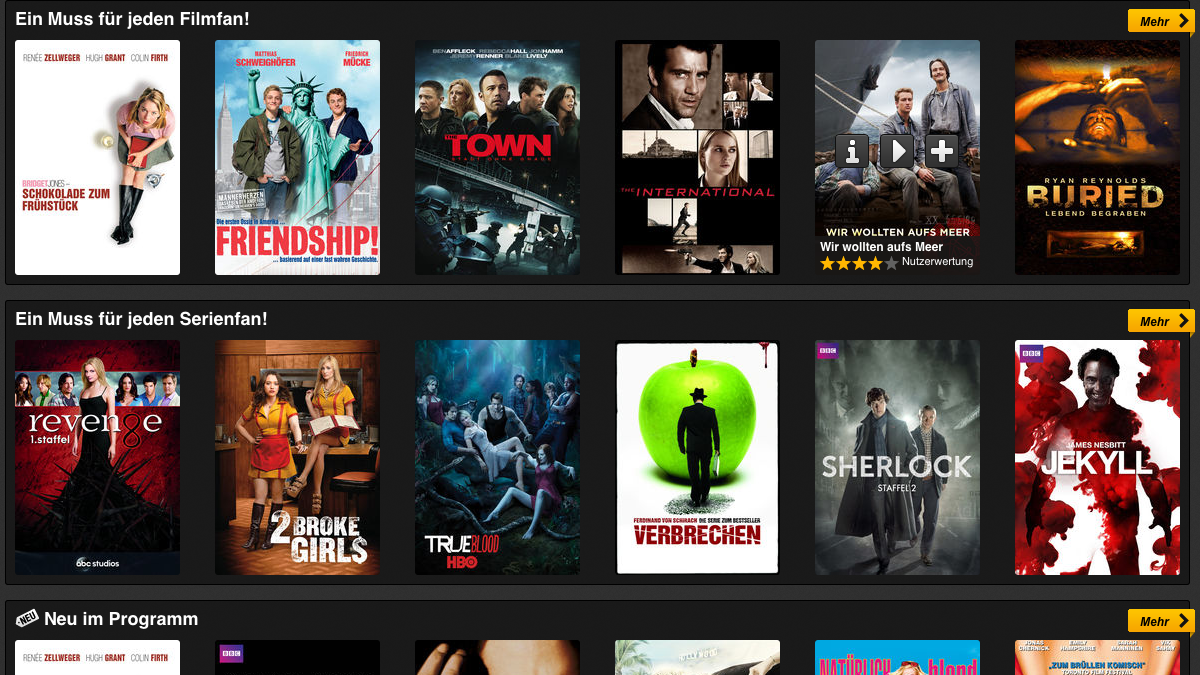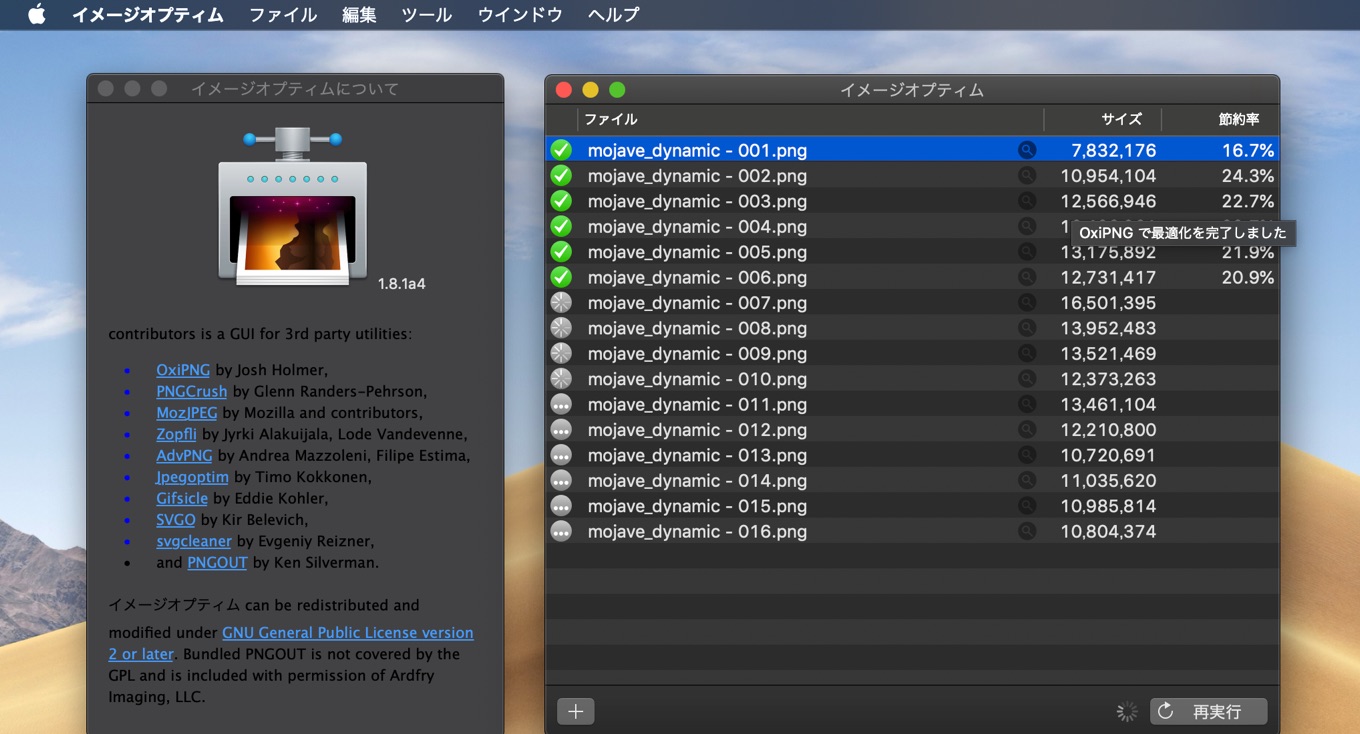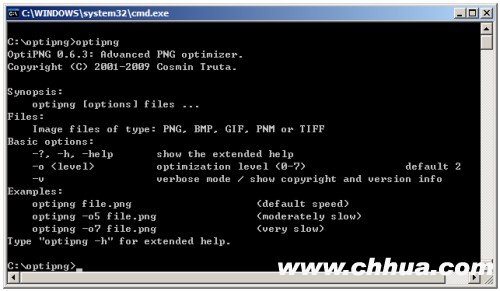


Many desktop programs offer the option to choose a format when you select "Save as". You could best try it yourself, see what happens to file size if you save your image in different formats. There is no universal rule that determines the best format for a given image. What format is best for your image depends on the actual contents of your image. But these formats have yet to be widely adopted. Recently new image formats where introduced by Google (webP) and Apple (HEIF), that offer even better compression compared to JPG, GIF and PNG. It allows for lossless compression, guaranteeing sharp text and lines, making this format perfectly suitable for graphs and logo's. It is popular because almost any device supports it and PNG has support for millions of colours including transparency. PNG was developed in 1994 as replacement for GIF because of controversy about the GIF's compression algorithm.Technically it is very limited to just 256 different colours per image. It's popular because it supports animation.

GIF is another old image file type that was developed in 1987.This image format has been around since 1992 is is supported on almost any device. JPG is a very common image file type with effective compression for images with lots of different colours, like photos.Choosing the right algorithm is your first performance boost. Some perform better on photos (with millions of colours), while others perform better with images with fever different colours (like a PowerPoint slide). There are different algorithms that all have their strengths and weaknesses. With digital images this is called compression, the algorithm tries to identify sequences of reoccurring colours. You could describe the entire chessboard in one line of text: "alternate between black and white, start with white", or even more efficient: "repeat white, black". Image optimisation is finding more efficient ways to describe the colours of an image. Bitmap images are like chessboards, where the pixels are squares It would take 64 lines to describe the entire board, although accurate this is not very efficient. If you would save the chessboard uncompressed, you would write down the colour of each square individually ("square one is white, square two is black, square three is white, square five is black, etc"). What is image optimisation?Ī digital image is like a chessboard, a rectangle with 8x8 black and white squares. Average web page weight, divided by asset type (HttpArchive, September 2018)Īn effective image optimisation can therefore have incredible effects on the speed of your website. Average page sizeĪlthough many web builders focus on HTML and scripts first, the majority of the weight of an average website is comprised of images (Source HttpArchive page weight September 2018). Because many people prefer fast websites, search engines like Google began measuring page speed to determine the ranking of your website in the search results. If you optimise your website it will load faster. Yet very few people optimise their images for the web and performance, time to find out how much bytes you can safe! Optimise your website Not with tiny fonts, but with less bytes! More than half the weight of an average website is because of images. One way to make your website faster is to make it smaller.


 0 kommentar(er)
0 kommentar(er)
